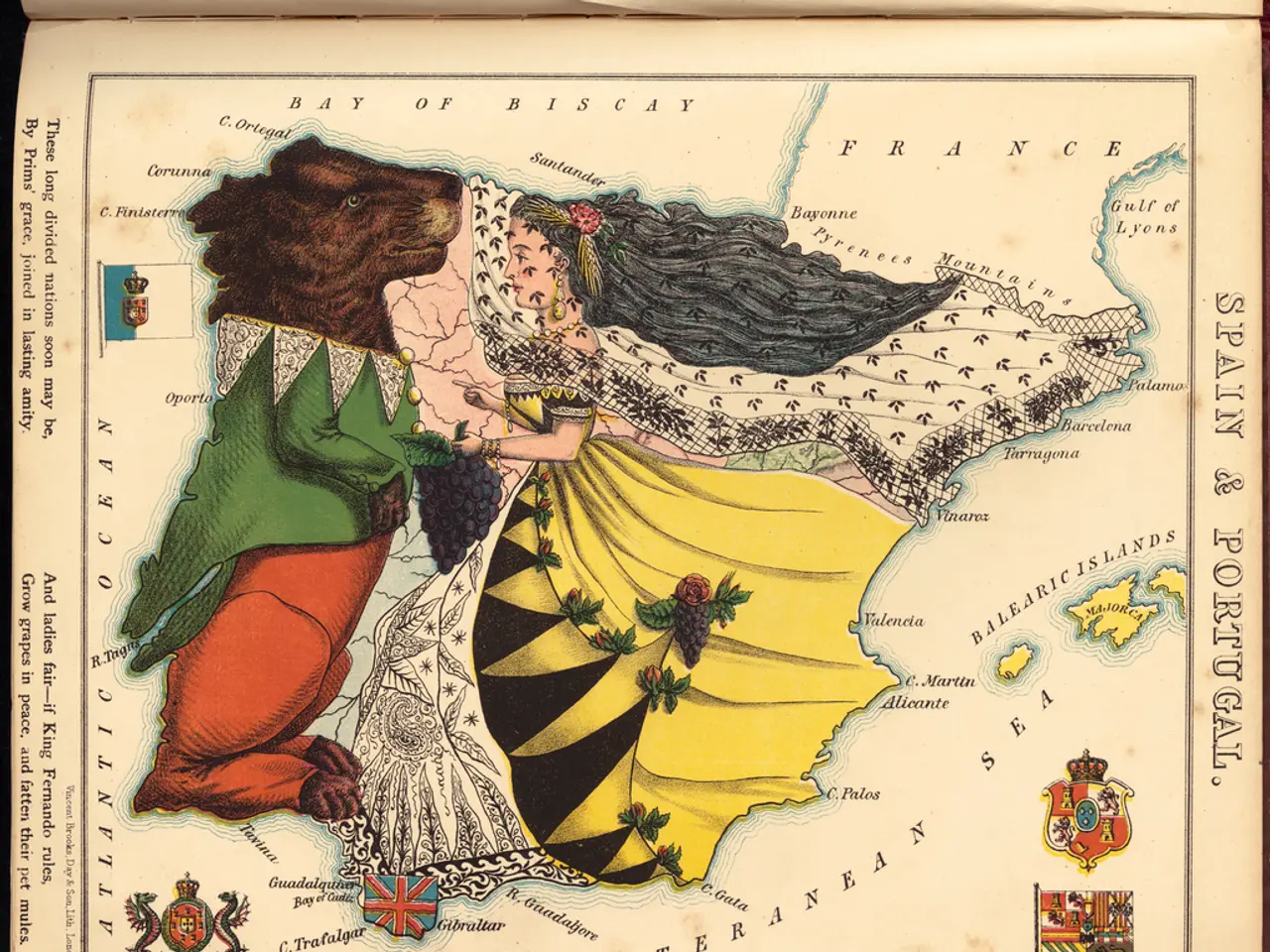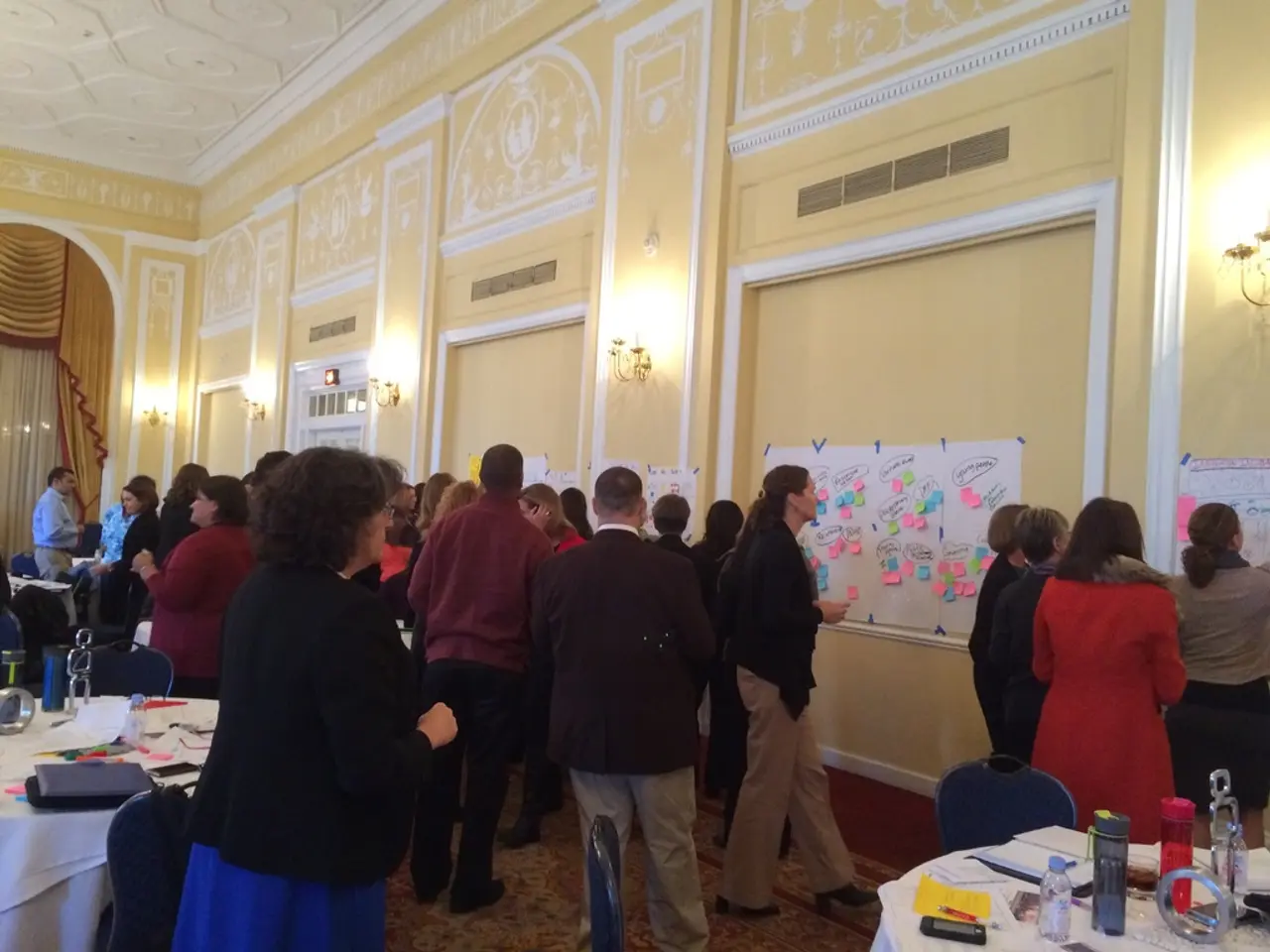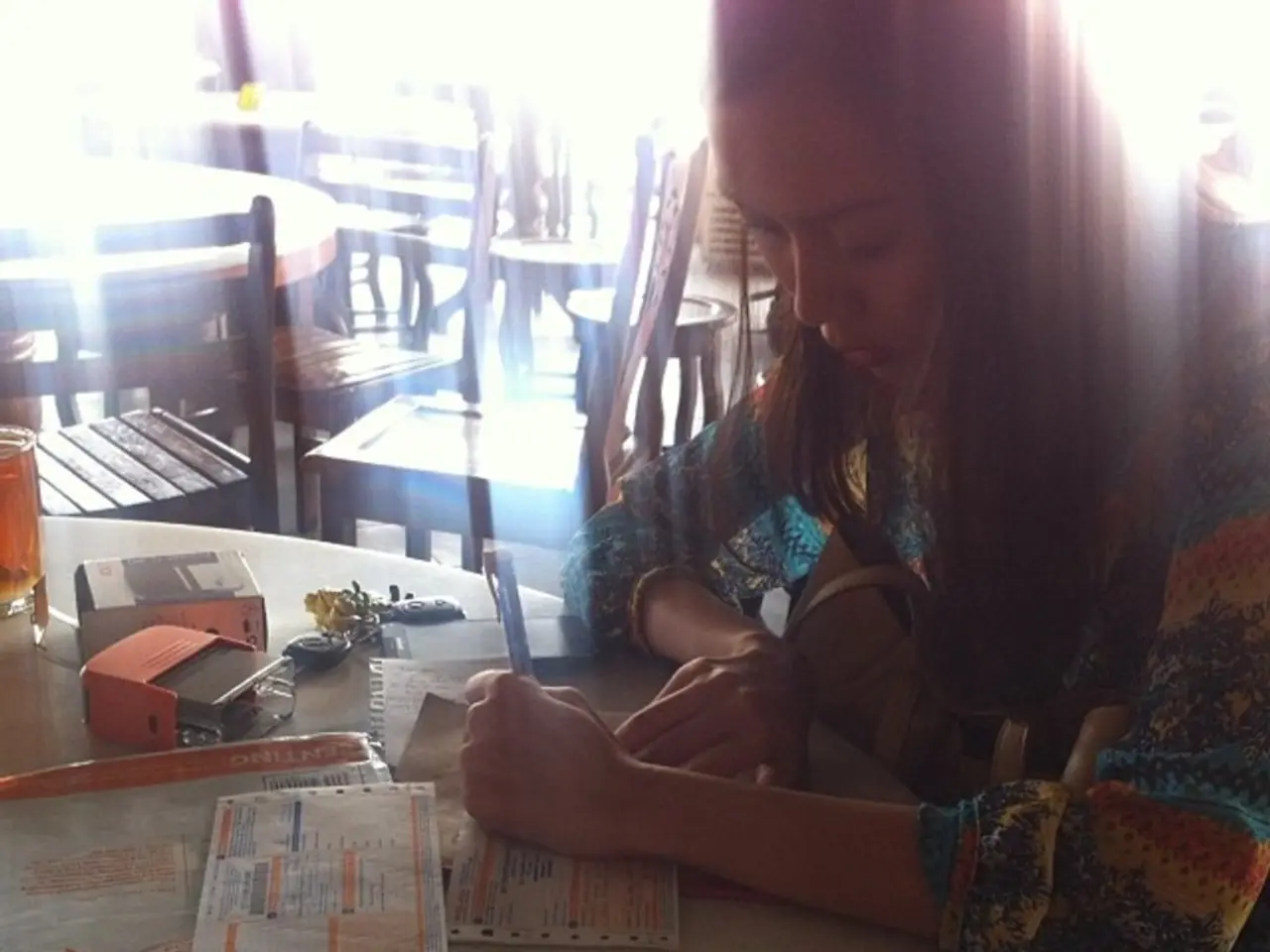Hospital Follow-up Report II
In the heart of a hospital setting, the humble pigeon takes on a transcendent meaning, symbolising comfort and hope in moments of vulnerability and unfreedom. This artistic exploration, weaving together connotations of confinement and liberation, offers a complex meditation on space, freedom, and unpredictability.
Pigeons and birds, in art, often symbolise freedom, transcendence, and the soul's journey beyond physical constraints. The hospital, a place that symbolises physical limitation but also healing and hope, provides an intriguing backdrop for such symbolism.
The blind, when paired symbolically, may represent unpredictability, trust, vulnerability, or an altered perception of reality. In a hospital context, blindness can metaphorically express the unknown aspects of illness, the unpredictability of recovery, or a forced reliance on inner senses beyond physical sight.
Together, these symbols in art explored inside hospital environments reflect the dynamic tension between confinement and liberation. The hospital is a space that restricts physical freedom, yet the symbolism of birds and blindness points to the possibility of psychological, spiritual, or emotional freedom—an escape from the known, the controllable, into the unpredictable and the intangible.
This thematic exploration is enriched by the connection to space: hospitals as physical and psychological spaces where human fragility meets the therapeutic space for healing. The bird can metaphorically represent the patient’s desire for freedom and flight, while blindness highlights the unpredictable, sometimes invisible, internal journey through illness.
The unpredictability theme connects also to artistic abstraction, as seen in works like Constantin Brâncuși’s Bird in Space, which challenged literal representation but conveyed essence and motion, paralleling the unpredictable and non-linear path of healing and experience in hospitals.
The author, inspired by a pigeon they saw near a blind next to their bed, aims to recreate this image using AI in a style similar to various painters. The horizontal slats of the blind create a rhythmic interruption of the image surface, adding an additional layer of symbolism. The blind can represent restriction, control, or protection, further emphasising the complex interplay of confinement and liberation.
In summary, pigeons and birds symbolise freedom and transcendence; blindness symbolises uncertainty and vulnerability; together in a hospital context, they illustrate the complex interplay of space, freedom, and unpredictability—reflecting both physical confinement and emotional or spiritual liberation, as well as the unpredictable nature of healing and human resilience. This synergy invites viewers to contemplate the fragility and possibility inherent in human experience within clinical and therapeutic spaces.
[1] Symbolism of Pigeons in Art and Literature, Smithsonian Magazine, [Link] [2] The Hospital as a Symbol in Literature, The Lancet, [Link] [3] Constantin Brâncuși’s Bird in Space: A Study in Abstraction, Art History, [Link] [4] The Role of Birds in Spiritual and Cultural Symbolism, National Geographic, [Link] [5] The Symbolism of Blindness in Literature, The Journal of English and Cultural Studies, [Link]
- The combination of pigeons, symbolizing freedom and transcendence, and blindness, symbolizing uncertainty and vulnerability, in art within hospital settings creates an intriguing dialogue about the complex interplay of space, freedom, and unpredictability.
- By challenging traditional representation through abstraction, as demonstrated by Constantin Brâncuși's Bird in Space, artists continue to explore the unpredictable nature of healing and human resilience within clinical and therapeutic spaces.
- The upholding of symbolic themes, such as space, freedom, and unpredictability, in both art and literature projects the ever-present duality between confinement and liberation, offering a thought-provoking reflection on human experience within the realm of health-and-wellness and mental-health, influenced by advancements in science and technology, particularly artificial-intelligence.




